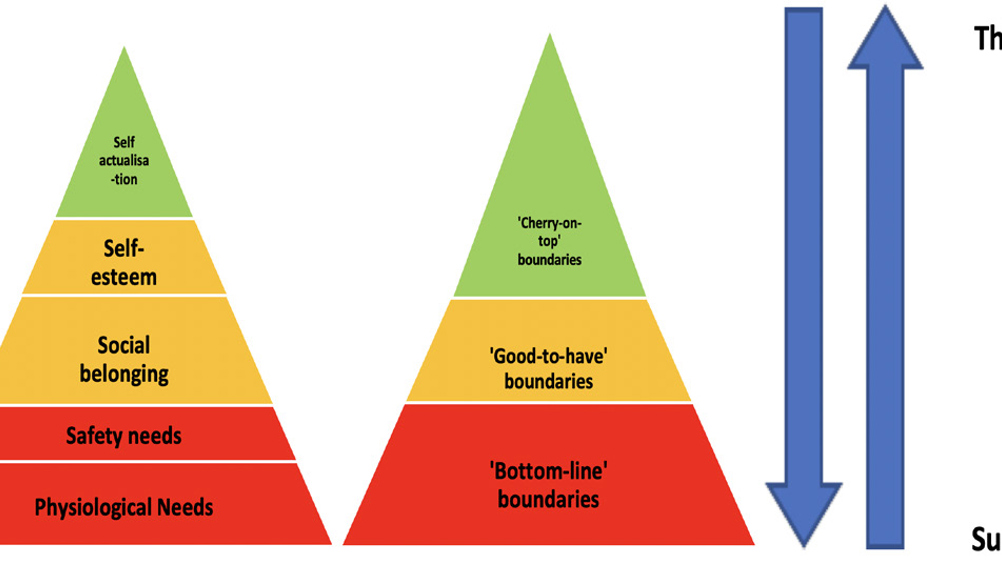References
An exploration of setting healthy personal boundaries as a veterinary professional. Part 2: how to set and maintain personal boundaries

Abstract
Personal boundaries are the metaphorical behavioural and emotional walls we erect to help us maintain healthy and sustainable relationships. We put boundaries in place to ensure that our needs for maintaining our physical and psychological safety are met. Clearly expressing our boundaries allows us to sustainably behave compassionately, improve our mental health, protect our physical safety and build trust in veterinary teams. Trust and compassion have positive effects on patient outcomes. We can express our boundaries through a four step boundary template. This is the second in a series of two articles discussing how to instigate and maintain healthy boundaries and how having healthy personal boundaries can benefit us in veterinary practice.
Personal boundaries are the metaphorical behavioural and emotional walls we erect to help us maintain healthy relationships with our clients, colleagues, places of employment, friends and family. We need to draw boundaries when we judge our physical or psychological safety to be at risk. Where we construct our boundaries is unique to us based on own personality, ethics, values, priorities, life experiences, feelings and needs. Despite them being fundamentally important for our safety, many of us struggle with setting boundaries that would hugely benefit our wellbeing. This is the second in a two-part series that explores setting and maintaining healthy boundaries as a veterinary professional at work and beyond.
The approaches detailed in these articles draws from evidence-based practice in the disciplines of psychology (Maslow, 1943; Rosenberg, 2015), psychotherapy (Cloud and Townsend, 1992; Lerner, 2009), cognitive behavioural therapy (Tawab, 2021), life coaching (Levin, 2020; Wise, 2020), social work (Brown, 2015; 2018a) and human healthcare (Chen et al, 2018; Puder, 2018).
Register now to continue reading
Thank you for visiting UK-VET Companion Animal and reading some of our peer-reviewed content for veterinary professionals. To continue reading this article, please register today.

